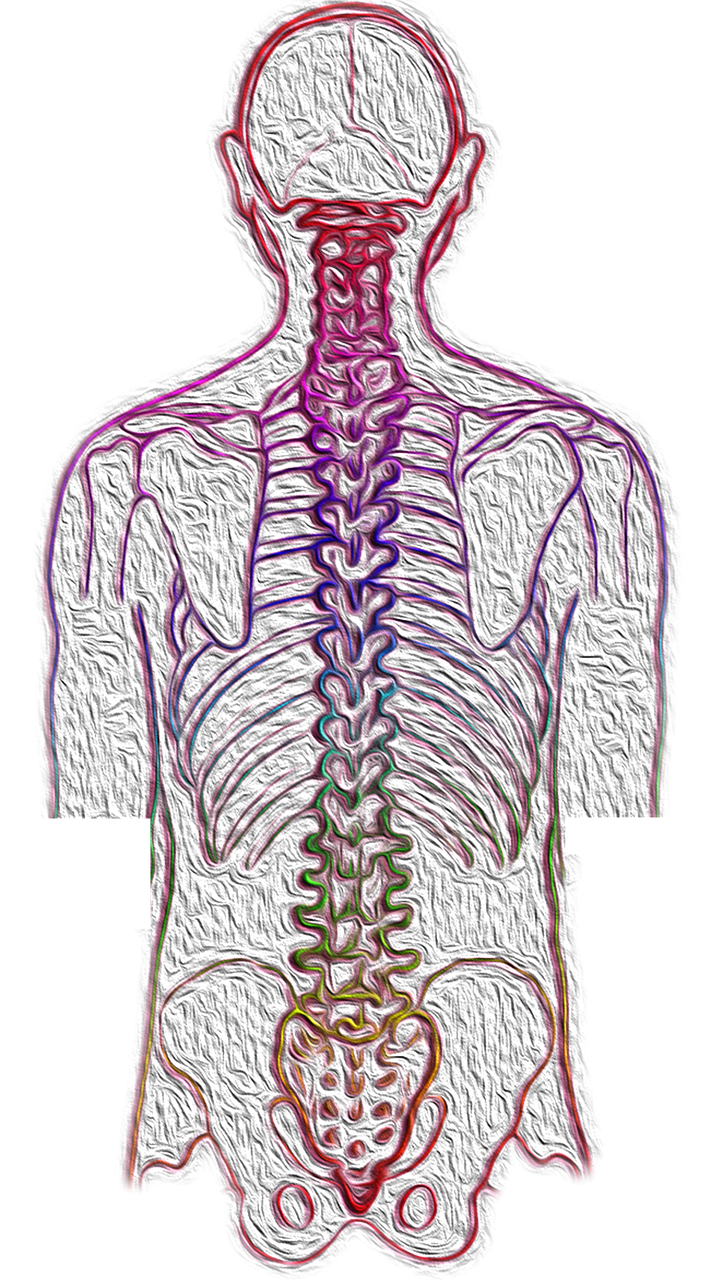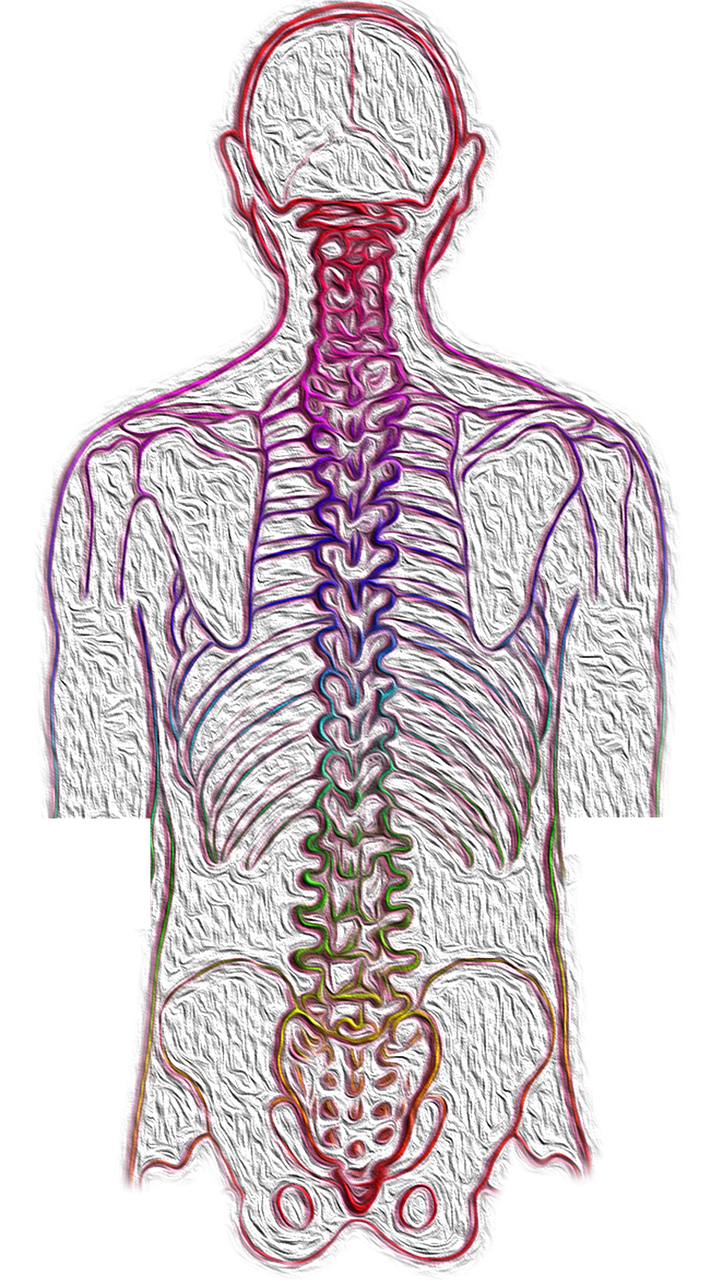
Having scoliosis can make it challenging to find a comfortable sleeping position that supports your spine and promotes a good night’s rest. In this article, we will share some valuable tips to help you find the best sleeping position for individuals with scoliosis. By making a few adjustments to your sleep routine, you can alleviate discomfort, reduce pain, and enjoy more peaceful nights of sleep.

Understanding Scoliosis and Its Effects on Sleep
Scoliosis is a medical condition characterized by an abnormal sideways curvature of the spine. It can vary in severity and often develops during adolescence. While scoliosis primarily affects the alignment and posture of the spine, it can also have an impact on sleep.
What is scoliosis?
Scoliosis is a condition that causes the spine to curve sideways instead of remaining straight. This curvature can range from mild to severe and can cause various symptoms, including pain, limited mobility, and even breathing difficulties. The cause of scoliosis is not always known, but it can be a result of factors like genetics, neuromuscular conditions, or even bad posture.
How does scoliosis affect sleep?
Due to the abnormal curvature of the spine, individuals with scoliosis may experience discomfort and pain while trying to sleep. This can make falling asleep and staying asleep more challenging. The misalignment of the spine can put pressure on sensitive nerves and muscles, causing discomfort that is exacerbated when lying down. Additionally, scoliosis can lead to an imbalance in the body’s weight distribution, making it difficult to find a comfortable sleeping position.
Importance of finding the best sleeping position
Finding the best sleeping position for individuals with scoliosis is crucial for achieving quality sleep and managing pain. A proper sleeping position can help alleviate pressure on the spine and provide a more comfortable sleeping experience. It is important to consider factors like the severity and type of scoliosis, as well as personal preferences and comfort levels, when determining the ideal sleeping position.
Tips for Finding the Best Sleeping Position for Scoliosis
Consult with a healthcare professional
If you have scoliosis and struggle with sleep, it is essential to consult with a healthcare professional. They can provide valuable insight and recommendations based on your specific condition and needs. A healthcare professional, such as a physical therapist or orthopedic specialist, can assess the severity of your scoliosis and suggest appropriate sleeping positions and strategies to improve your sleep quality.
Consider the severity and type of scoliosis
Scoliosis can vary in severity, and the best sleeping position may differ based on the individual’s condition. If you have mild scoliosis, you may have more flexibility in choosing a comfortable sleeping position. However, those with severe scoliosis may require more support and specialized positioning aids. It is important to consider the unique characteristics of your scoliosis when determining the optimal sleeping position.
Mattress and pillow selection
Choosing the right mattress and pillow can greatly influence your sleep quality when dealing with scoliosis. A mattress that provides adequate support and contours to the body’s curves can help alleviate pressure points and maintain proper spinal alignment. Similarly, a pillow that supports the neck and keeps the head in alignment with the spine is crucial for minimizing discomfort. It may be helpful to try different mattress and pillow options to find the ones that best suit your needs.
Positioning aids and supports
Positioning aids and supports can be beneficial for individuals with scoliosis when it comes to finding a comfortable sleeping position. These can include items such as body pillows or wedges that provide additional support to the spine and help maintain proper alignment. Experimenting with different aids and supports can help relieve pressure on the curved areas of the spine and promote better sleep.
Sleeping Positions for Scoliosis
Sleeping on your back
Sleeping on your back can be beneficial for individuals with scoliosis, as it allows for a more neutral and aligned position. This position helps distribute weight evenly across the body and minimizes pressure points on the spine. To sleep on your back with scoliosis, consider using a pillow under your knees to further support the natural curvature of the spine.
Sleeping on your side
Sleeping on your side can also be a suitable sleeping position for individuals with scoliosis, particularly if the curvature is less severe. This position can help relieve pressure on the spine and facilitate a more comfortable sleep. To optimize the sleeping position, place a pillow between your knees to maintain proper alignment of the hips and spine.
Sleeping on your stomach
Sleeping on your stomach may not be the most recommended position for individuals with scoliosis. This position can strain the neck and force the spine into unnatural positions, potentially exacerbating discomfort or pain. If you prefer sleeping on your stomach, try using a thin pillow or no pillow at all to minimize strain on the neck and to keep the spine in a more neutral position.
Sleeping on Your Back
Benefits of sleeping on your back
Sleeping on your back offers several benefits for individuals with scoliosis. It allows for a neutral spine alignment, which can help alleviate pressure on the curved areas of the spine. Additionally, sleeping on your back can distribute weight evenly across the body, reducing the risk of developing pressure sores and allowing for a more comfortable sleep experience.
Tips for sleeping on your back with scoliosis
To optimize the sleeping position on your back with scoliosis, try placing a small pillow or rolled-up towel under the curve of your lower back to provide additional support. This can help maintain the natural curvature of the spine and relieve pressure on the affected areas. Additionally, consider using a pillow under your knees to further support the alignment of your hips and minimize strain on the lower back.
Sleeping on Your Side
Benefits of sleeping on your side
Sleeping on your side can also be beneficial for individuals with scoliosis. This position can help relieve pressure on the spine and facilitate a more comfortable sleep. Sleeping on your side can also help open up the airways, reducing the risk of breathing difficulties during sleep. Additionally, this position may be particularly helpful for individuals with a thoracic curvature, as it can provide better support to the upper body.
Tips for sleeping on your side with scoliosis
To enhance the sleeping position on your side with scoliosis, place a pillow between your knees to maintain proper alignment of the hips and spine. This can help alleviate pressure on the lower back and provides additional support. It may also be helpful to hug a body pillow, which can help maintain proper spine alignment and reduce strain on the shoulders.
Sleeping on Your Stomach
Considerations for sleeping on your stomach with scoliosis
Sleeping on your stomach is generally not recommended for individuals with scoliosis. This position can strain the neck and force the spine into unnatural positions, potentially exacerbating discomfort or pain. If you find it difficult to sleep in any other position, try using a thin pillow or no pillow at all to minimize strain on the neck and to keep the spine in a more neutral position.
Additional Tips for Quality Sleep with Scoliosis
Regular exercise and stretching
Engaging in regular exercise and stretching can help manage the symptoms of scoliosis and promote better sleep. Strengthening and stretching exercises can help improve posture, increase flexibility, and reduce muscle tension, which can contribute to more comfortable sleep. Consult with a physical therapist or healthcare professional to determine the most suitable exercises for your condition.
Maintaining good posture
Practicing good posture throughout the day can have a positive impact on your sleep. Proper posture helps ensure that the spine maintains its natural alignment, reducing unnecessary strain and stress on the body. Make a conscious effort to sit and stand with proper posture, and consider using supportive cushions or backrests when necessary.
Use of heat or cold therapy
Applying heat or cold therapy to the affected areas can help alleviate pain and discomfort associated with scoliosis. Heat therapy, such as using heating pads or taking warm baths, can help relax muscles and relieve tension. Cold therapy, such as using ice packs, can help reduce inflammation and numb painful areas. Experiment with different methods to find what works best for you.
Exploring alternative therapies
In addition to conventional treatments, exploring alternative therapies may provide additional relief for individuals with scoliosis. Techniques such as chiropractic adjustments, acupuncture, or massage therapy may help alleviate pain and improve overall well-being. However, it is crucial to consult with a healthcare professional before trying any alternative therapies to ensure their safety and effectiveness.
Conclusion
Finding the best sleeping position for scoliosis can significantly improve sleep quality and alleviate discomfort associated with the condition. By considering the severity and type of scoliosis, selecting the right mattress and pillows, and using positioning aids, individuals with scoliosis can optimize their sleep position. Remember to consult with a healthcare professional for personalized advice and explore other strategies such as regular exercise, maintaining good posture, and exploring alternative therapies to enhance overall sleep and well-being. With the right approach, individuals with scoliosis can attain a restful and comfortable sleep that supports their spinal health.





